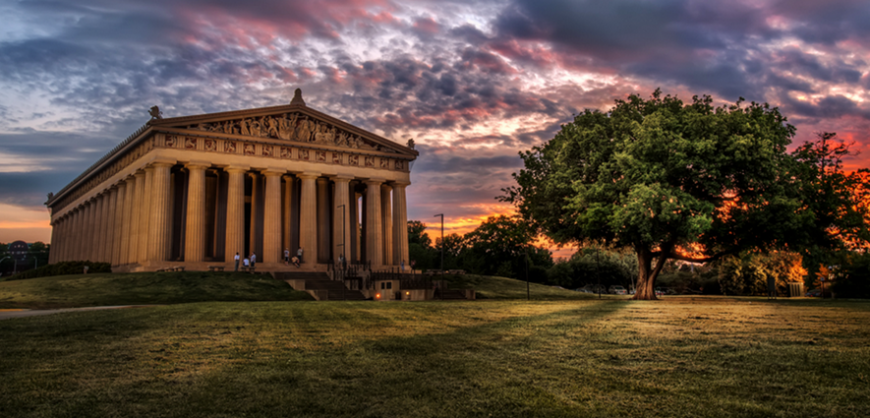
For Over 200 Years,A Mysterious Temple Has Become The Reason For A Tiff Between Britain And Greece
The Parthenon is one of the most exceptional treasures of Athens and was built thousands of years ago as a temple to the goddess Athena. Under the Ottoman rule, its functionality changed quite a bit. At first, it was converted into a garrison. Then the Sultan, Mehmed II, turned the Parthenon into a mosque. Soon, trouble came knocking at their door. By this point in history, Greece had been governed by the Ottoman Empire for hundreds of years. They ruled Greece for 400 years until the Greek War of Independence in 1821. Under the Ottoman rule, one significant landmark of Athens went through some major changes.
